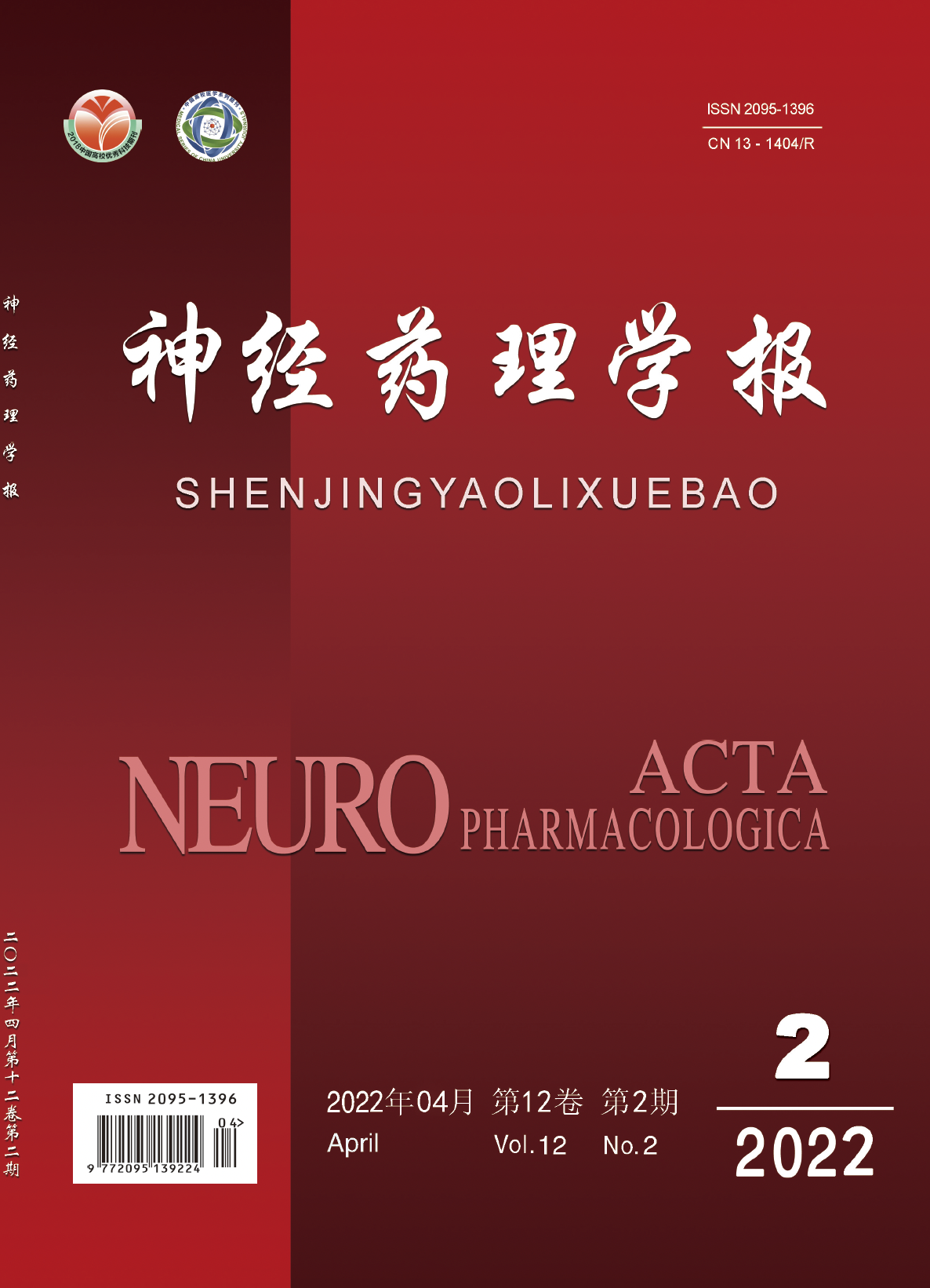Objective:To establish an in vitro oxygen glucose deprivation/reoxygenation
(OGD/R) model using SH-SY5Y neuroblastoma cells to mimic the in vitro ischemia/reperfusion
injury in stroke. To evaluate the potential neuroprotective effect of S14G-humanin (HNG) from
ischemia/reperfusion in vitro,and further to identify the molecular mechanism underlying the
protection,so as to provide a theoretical basis for the treatment of cerebral ischemia/reperfusion
injury with HNG. Methods:SH-SY5Y cells were divided into control group,oxygen-glucose deprivation reperfusion OGD/R model group and inhibitor group. The present study established
an in vitro OGD/R model using SH-SY5Y neuroblastoma cells by three gas incubator. HNG and
FLLL32,an inhibitor of JAK2/STAT3 signal,were added to the cells in indicated experiments.
CCK8 kit was used to detect the cell viability,and flow cytometry was used to detect the cell
apoptosis rate. The expression of JAK2,p-STAT3(Y705) and p-STAT3(S727) were analyzed
by Western Blot. Results:The results showed that OGD/R resulted in a significant decrease in
the survival rate of SH-SY5Y cells (P<0.01) and a significant increase in the apoptosis rate of
SH-SY5Y cells (P<0.01). SH-SY5Y cells incubated 0.1,1,5 or 10 μg·L-1 HNG showed higher
cell survival (P<0.01) and significantly decreased apoptosis (P<0.01) compared with the cells
without HNG treatment in OGD/R processes,with the most evident effects at 1 μg·L-1 HNG.
OGD/R lowered protein levels of JAK2 (P<0.01) and p-STAT3 at Y705 site (P<0.01),compared
to control. Adding HNG to the cells increased protein levels of JAK2 (P<0.01) and p-STAT3
(Y705)( P<0.01) in OGD/R conditions. Moreover,protein levels of JAK2( P<0.01),p-STAT3
(Y705)( P<0.01) and p-STAT3( S727)( P<0.05) had notable increase at values of 1 and 5 μg·L-1 HNG in OGD/R conditions. Co-treatment with HNG and FLLL32 was unable to restore the cell
viability and abolishing the inhibition of apoptosis by HNG(P >0.05). HNG inhibited OGD/
R-induced reduction of JAK2,p-STAT3(Y705) and p-STAT3(S727) protein expression,
whereas the inhibitory effect was not observed with co-treatment with HNG and FLLL32. Conclusion:These data collectively indicate that HNG has neuroprotective effects against OGD/
R by activating JAK2/STAT3 signaling and suggest that HNG may be a promising drug for the
treatment of stroke.

